Planning a trip to Italy and can’t decide between Florence and Rome? You’re not alone. These two iconic cities offer vastly different experiences, each with charm and appeal.
Florence is a compact, walkable city known for its Renaissance art and Tuscan cuisine, while Rome is a sprawling metropolis filled with ancient ruins and grand historical sites. As someone who’s spent years exploring both cities, I can tell you that each has its unique flavor.
Florence feels like stepping back to the Renaissance, with its stunning Duomo and world-class art museums. On the other hand, Rome is a living museum where ancient history meets modern life at every turn.
But which city is right for you? It depends on what you’re looking for. If you want to be surrounded by art and architecture in a smaller, more intimate setting, Florence might be your best bet.
If you’re looking for big-city energy and a chance to see some of the most famous landmarks in the world, Rome could be the way to go. Let’s dive into the details to help you make the best choice for your Italian adventure.
Key Takeaways
- Florence offers Renaissance art and walkable charm
- Rome boasts ancient ruins and grand historical sites
- Both cities provide unique Italian experiences for different travel styles
Historical Overview
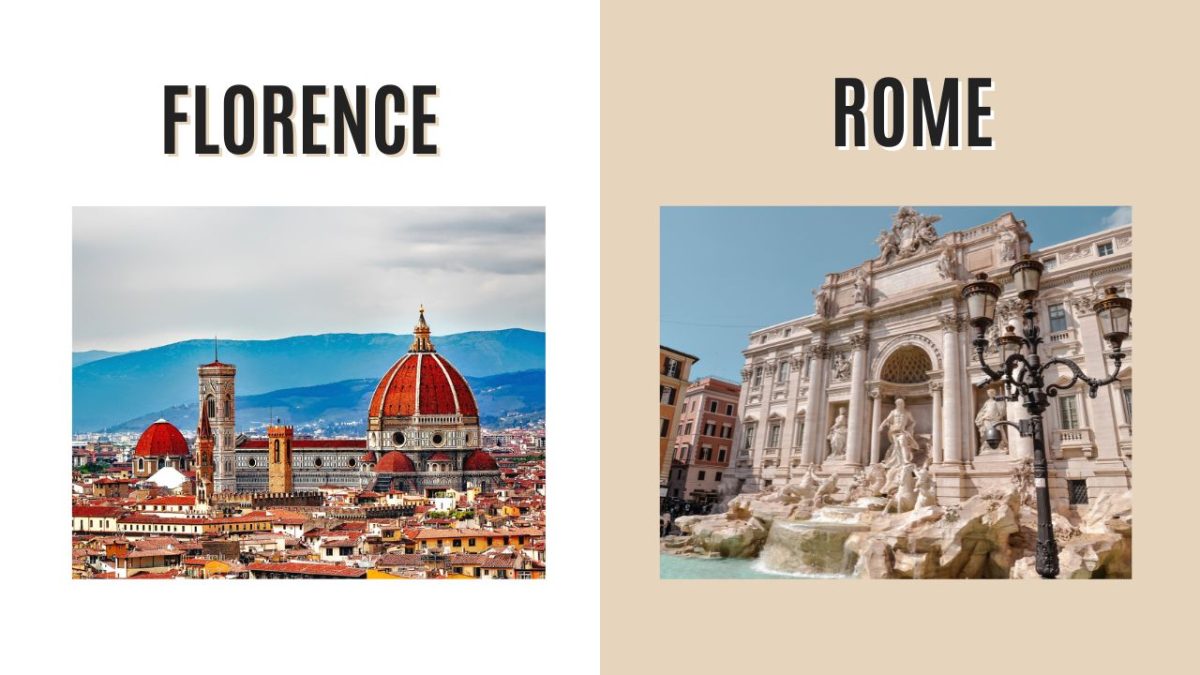
Florence and Rome are iconic pillars of Italian history, each with a unique legacy spanning thousands of years. These two cities played crucial roles in shaping Western civilization, from ancient times through the Renaissance and beyond.
Founding of Florence and Rome

Rome’s origins date back to 753 BCE, with the legendary tale of Romulus and Remus. The city grew from a small Latin village to the heart of a vast empire. Florence, founded by Julius Caesar in 59 BCE, started as a settlement for retired soldiers.
Both cities were built along important rivers—Rome on the Tiber and Florence on the Arno—which gave them strategic advantages for trade and defense. As they grew, the cities developed distinct characters. Rome became the political center of its empire, while Florence emerged as a hub for commerce and banking.
Rome: The Eternal City
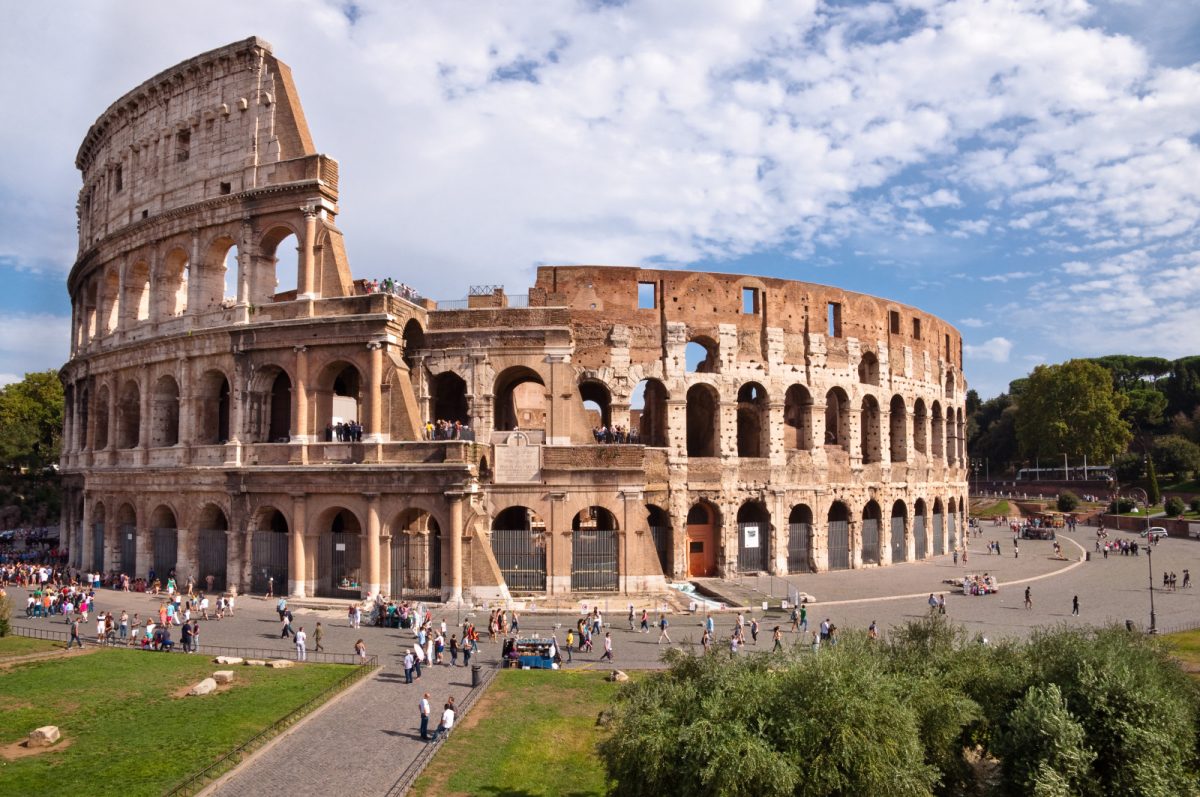
Rome’s influence spans over two millennia. It was the beating heart of the Roman Empire, ruling much of Europe, North Africa, and the Middle East. The city saw the rise and fall of emperors, the birth of Christianity, and countless wars.
Visitors today can walk in the footsteps of gladiators at the Colosseum or marvel at the Pantheon’s dome. The Roman Forum, once the center of political life, still stands as a testament to ancient glory. You can explore these ancient wonders for €16 ($17).
Fun fact: Rome has more fountains than any other city in the world – over 2,000! Don’t forget to toss a coin in the Trevi Fountain for good luck.
Read Also: Sicily vs Rome: Which Italian Gem Should You Visit in 2025?
Florence: Cradle of the Renaissance
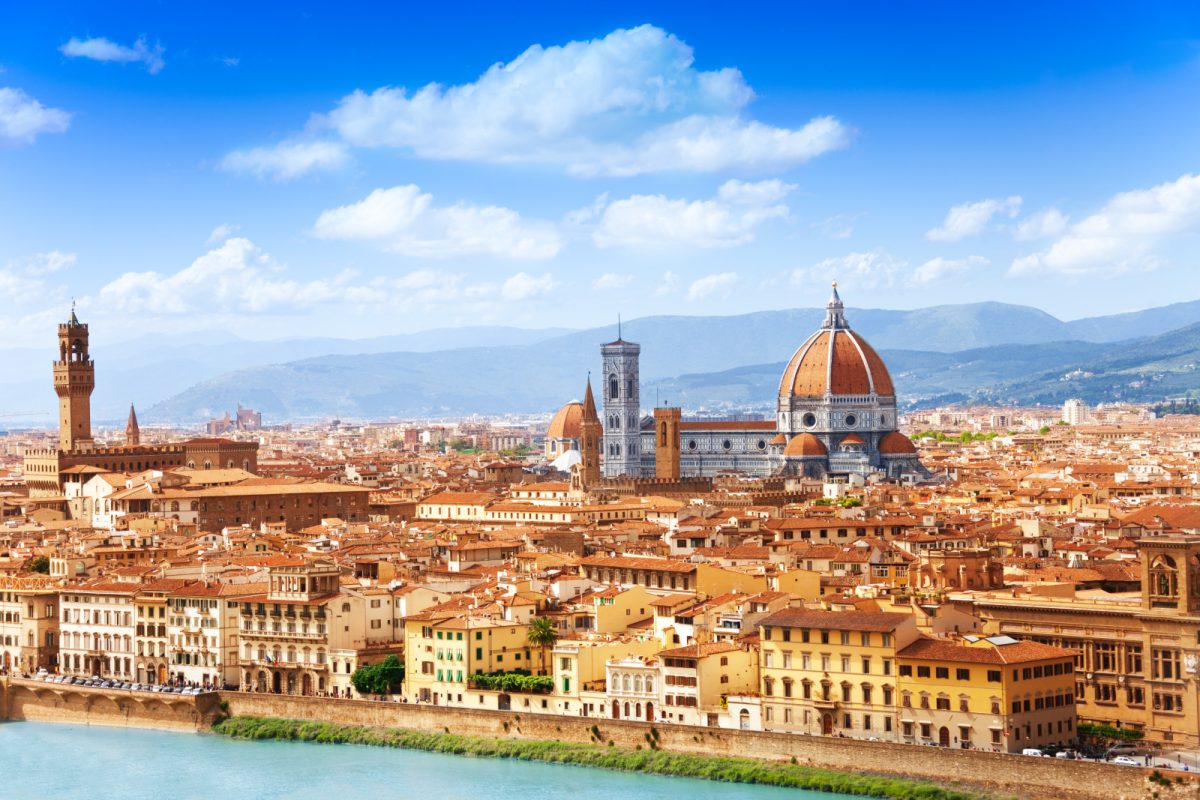
While Rome dominated the ancient world, Florence shone brightest during the Renaissance. This cultural rebirth in the 14th-17th centuries transformed art, science, and politics.
The Medici family, powerful bankers and patrons, fueled Florence’s golden age. They supported artists like Michelangelo, Leonardo da Vinci, and Botticelli. These masters left their mark on the city, from the towering Duomo to the galleries of the Uffizi.
For art lovers, the Uffizi is a must-visit. At €20 ($22), it’s a bargain to see masterpieces like Botticelli’s “Birth of Venus.” Pro tip: Book tickets online to skip the long lines, especially in summer.
Read Also: Sicily vs Florence: 2025 Ultimate Showdown – Which Italian Gem Steals Your Heart?
Cultural Highlights
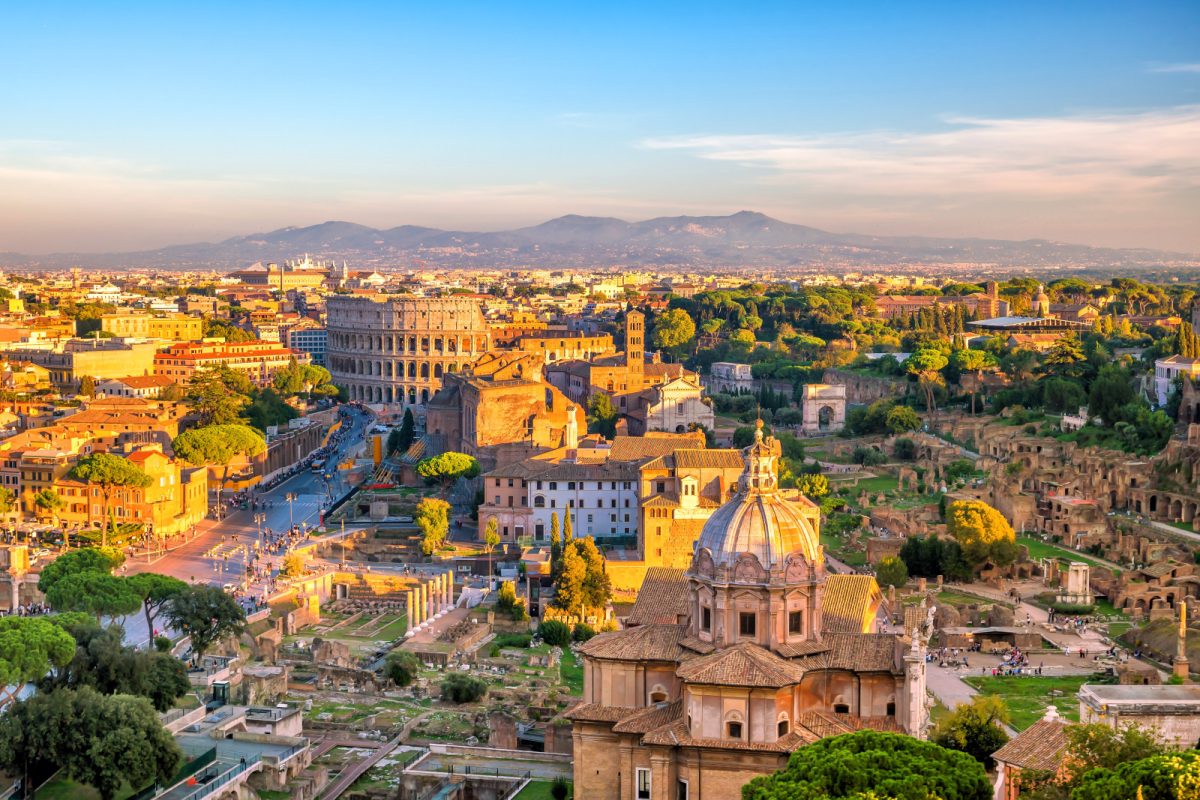
Rome and Florence offer amazing cultural experiences. Both cities have incredible art, mouthwatering food, and lively events that showcase Italian traditions. Let’s explore some of the top cultural attractions in each city.
Artistic Heritage
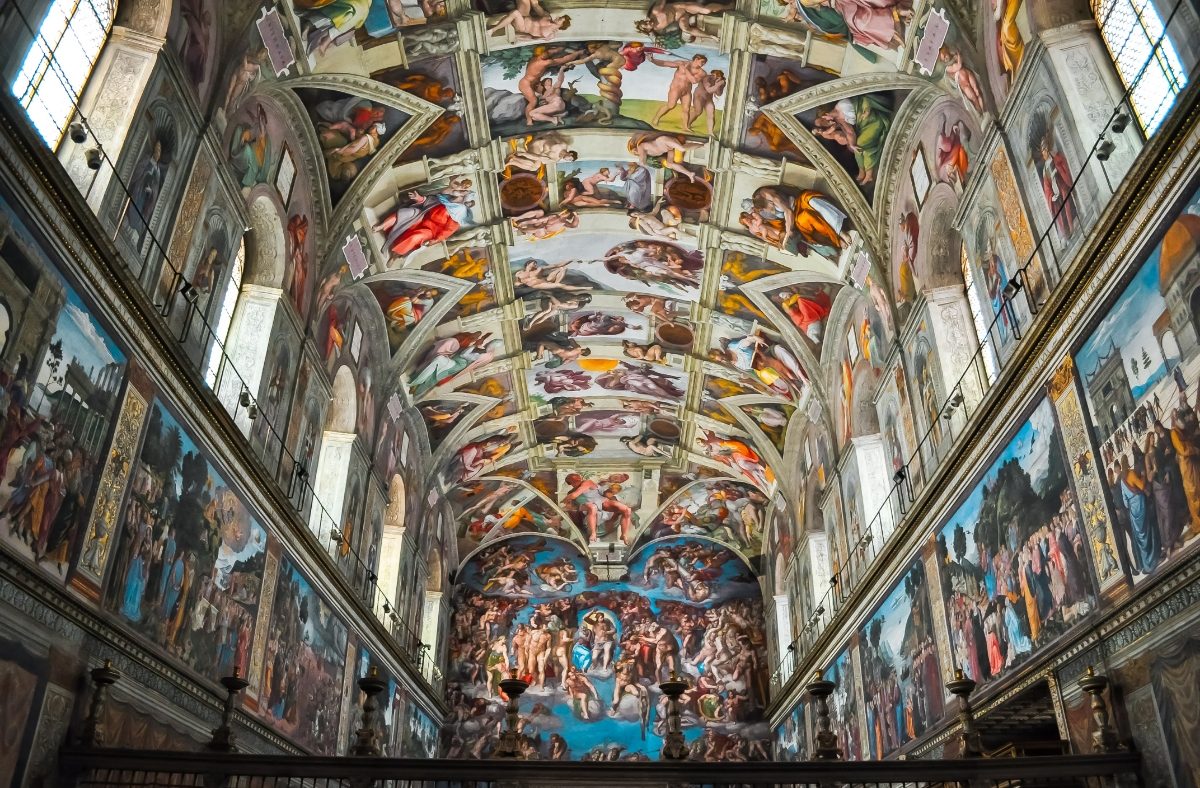
Rome’s art scene is mind-blowing. The Vatican Museums house masterpieces like Michelangelo’s Sistine Chapel frescoes.
The Galleria Borghese displays stunning Bernini sculptures. The street art pops up in neighborhoods like Ostiense.
Florence is an art lover’s paradise. The Uffizi Gallery has iconic works by Botticelli, Da Vinci, and other Renaissance giants.
Michelangelo’s David stands tall in the Accademia. The Ponte Vecchio bridge is lined with jewelers’ shops.
Both cities have hidden gems, too. In Rome, check out Palazzo Doria Pamphilj for Velázquez portraits. Florence’s Bargello Museum has amazing Renaissance sculptures.
Gastronomic Delights
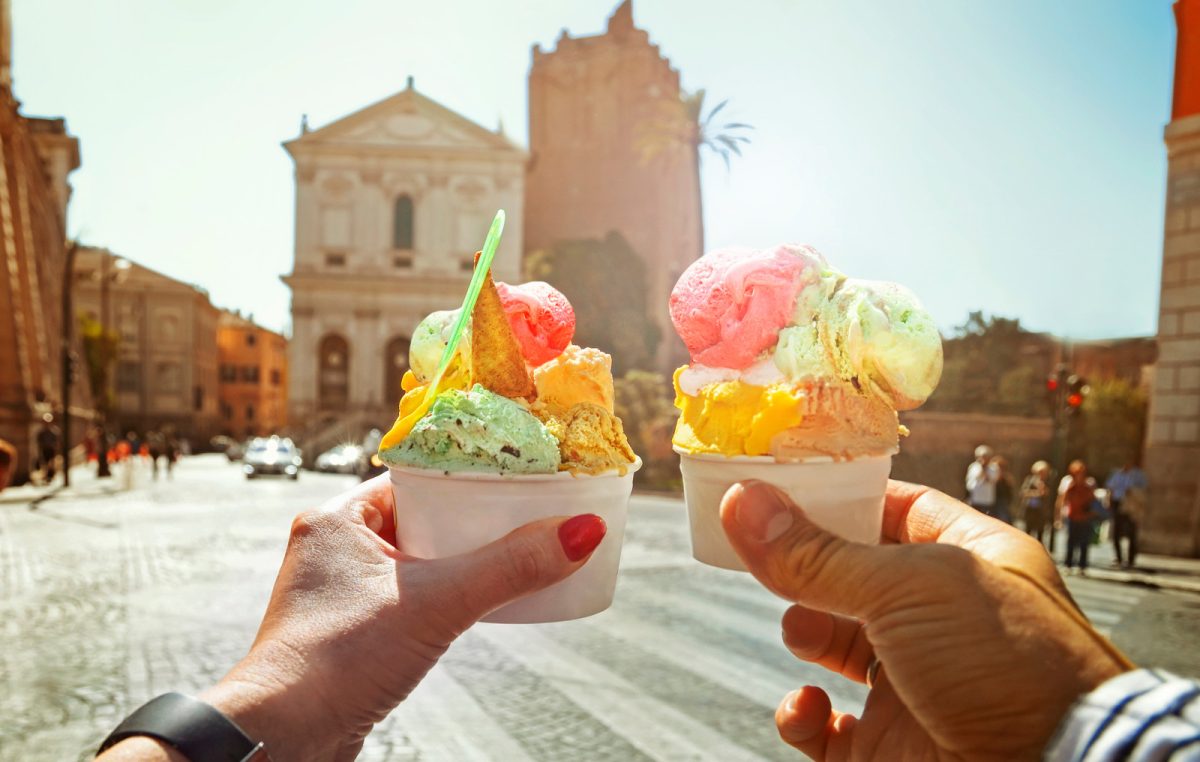
Roman cuisine is hearty and delicious. Must-try dishes include pasta alla carbonara, pizza al taglio, and supplì (fried rice balls). For the best food, head to Testaccio Market or Trastevere’s trattorias.
Florentine food is rich and meaty. Don’t miss bistecca alla fiorentina (T-bone steak) or ribollita (bread soup).
The Mercato Centrale is foodie heaven. Try wine tasting in nearby Chianti. Both cities have great gelato.
In Rome, go to Fatamorgana. In Florence, try Gelateria della Passera. Expect to pay €2-4 for a small cup.
Festivals and Events
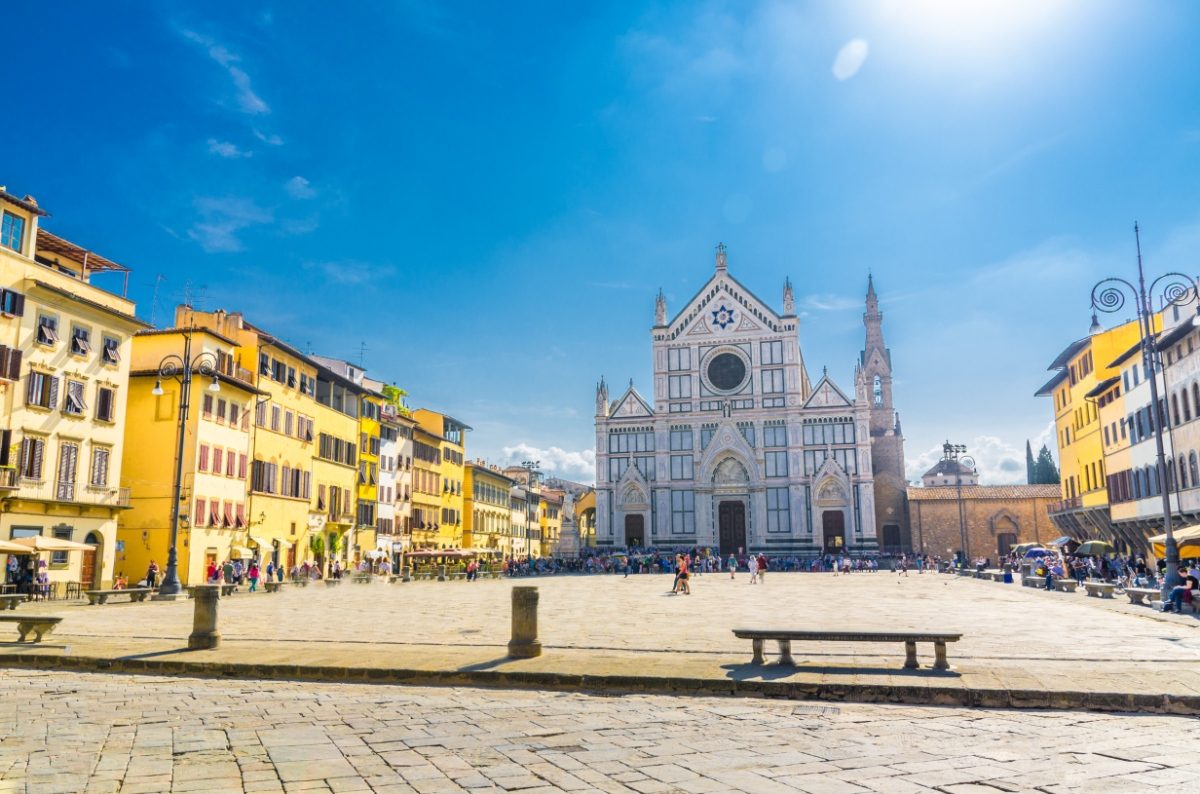
Rome hosts amazing events year-round. Estate Romana brings outdoor concerts and films all summer. During Holy Week, join the Via Crucis procession at the Colosseum.
Florence’s calendar is packed, too. The Calcio Storico in June is a wild, historic soccer match. For Christmas magic, don’t miss the German-style market in Piazza Santa Croce.
Both cities celebrate Carnevale in February with parades and masked balls. In the summer, you can catch outdoor opera at the Baths of Caracalla in Rome or Palazzo Pitti in Florence.
See Related: Where to Stay in Italy: Top Unforgettable Destinations for Every Traveler
Iconic Attractions
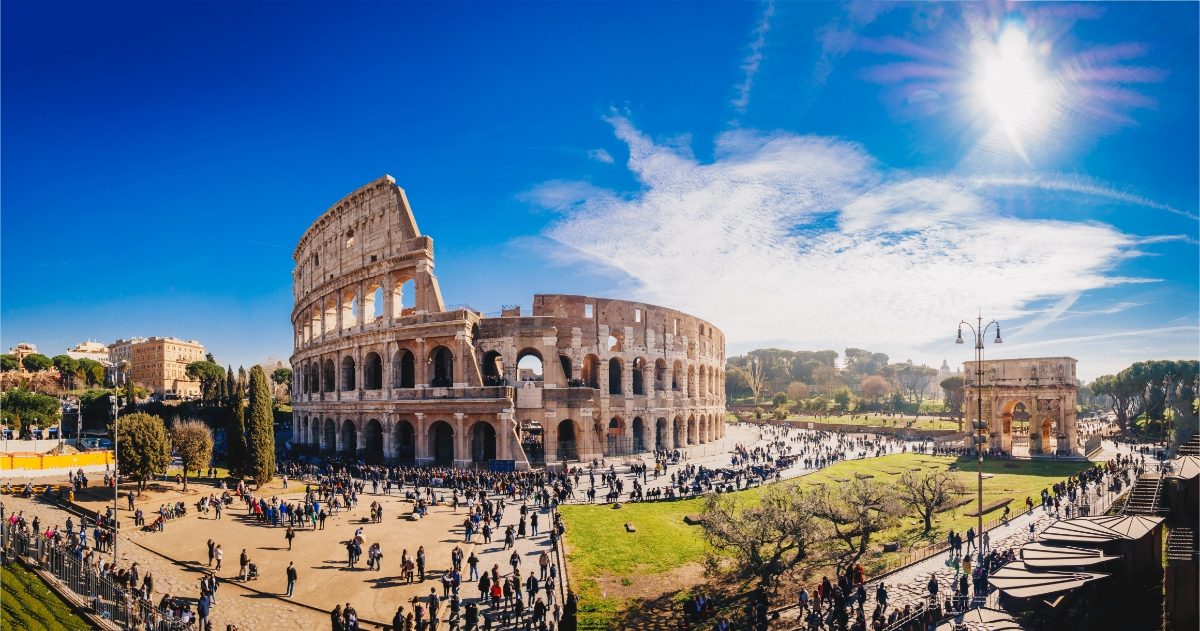
Rome and Florence are treasure troves of iconic sights that draw millions of visitors annually. Both cities offer a rich tapestry of history, art, and culture, but with distinct flavors that set them apart.
Monuments of Rome
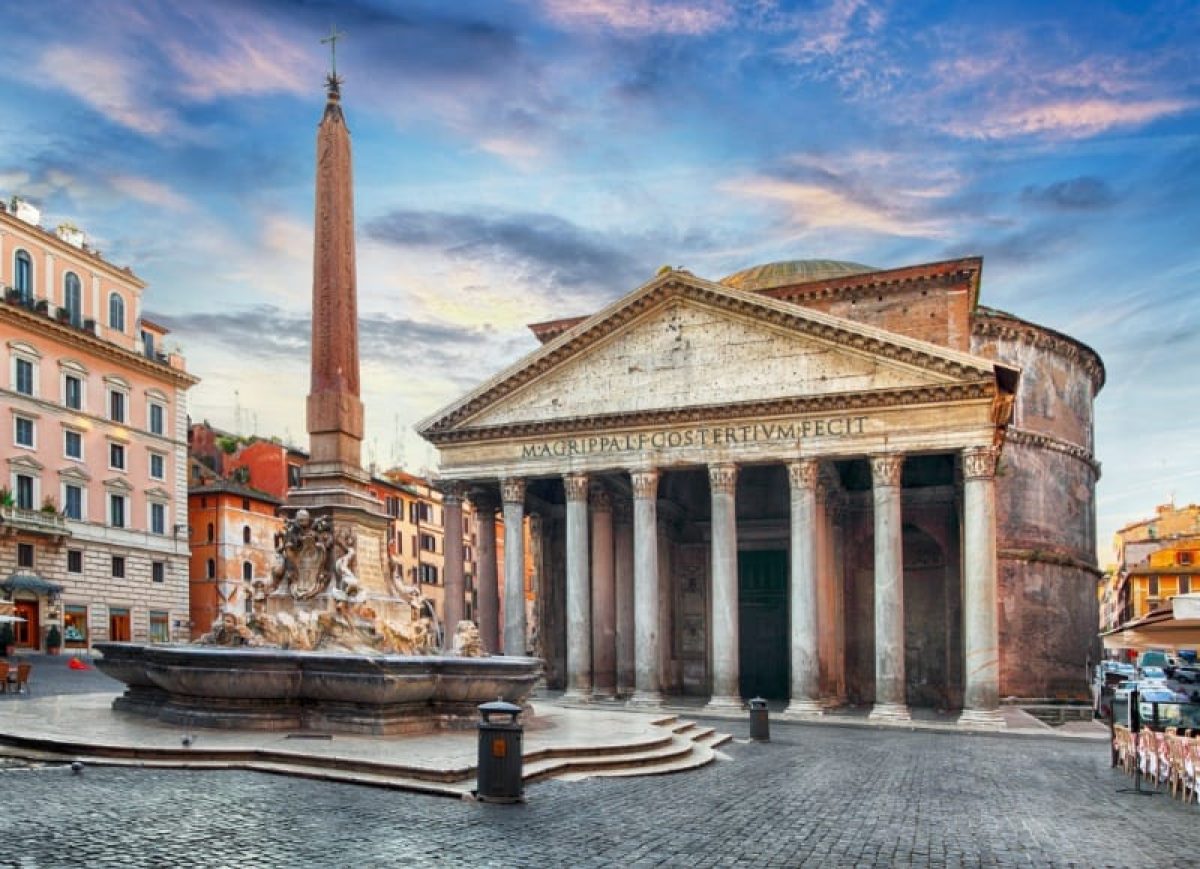
Rome’s ancient wonders are truly breathtaking. The Colosseum is a testament to the city’s imperial past, its massive stone arches still impressive after nearly 2,000 years.
Visitors can explore the arena floor and imagine the roar of 50,000 spectators. Nearby, the Roman Forum sprawls across a valley, its ruins telling tales of politics and daily life in ancient times.
The Pantheon’s perfect dome continues to inspire architects today. Its oculus lets in a shaft of light that moves across the interior as the day progresses.
For a taste of Baroque splendor, the Trevi Fountain dazzles with its sculptures and rushing water. Don’t forget to toss a coin over your shoulder – legend says it ensures a return to Rome!
Masterpieces of Florence
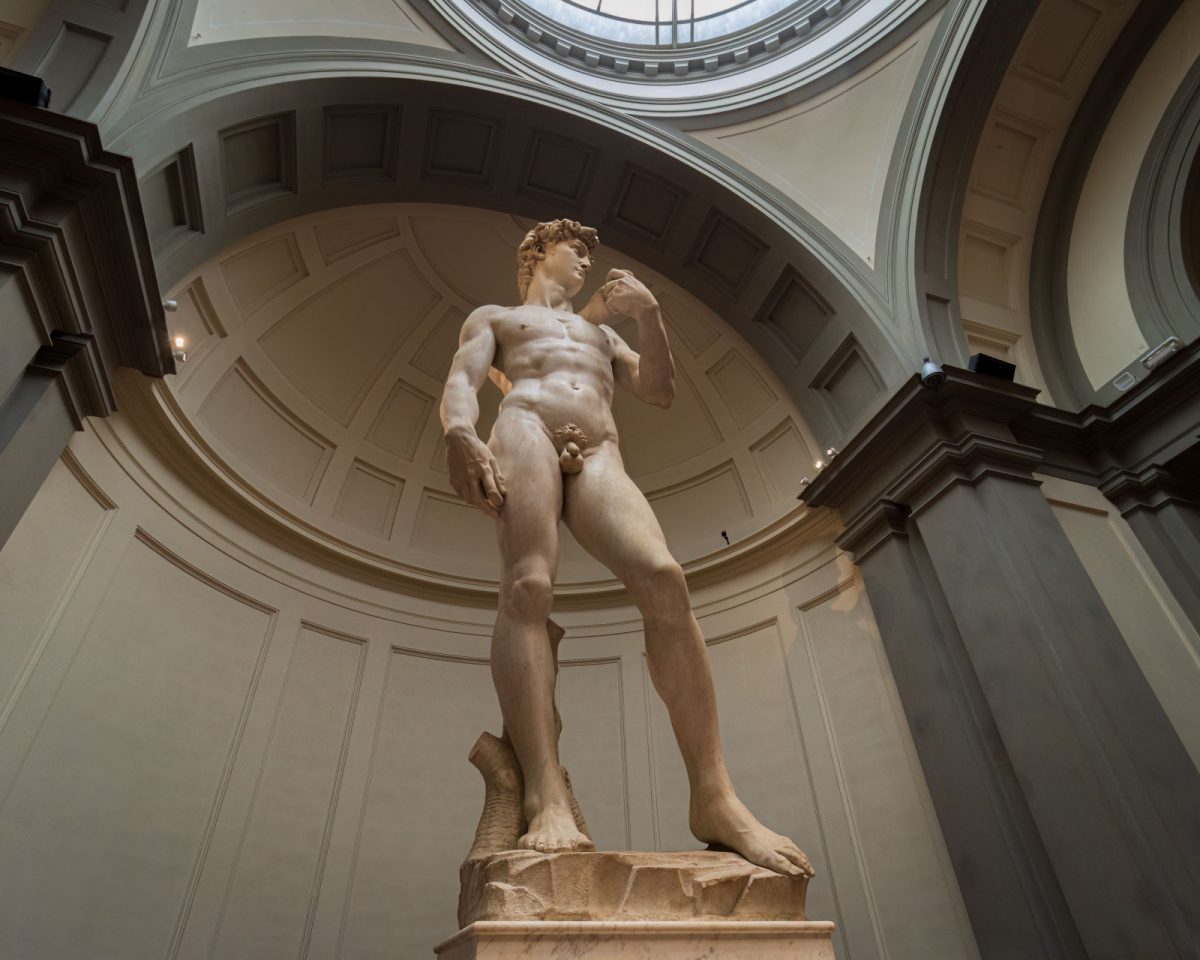
Florence’s attractions showcase Renaissance genius at every turn. The Florence Cathedral, topped by Brunelleschi’s innovative dome, dominates the skyline.
Climb to the top for sweeping city views. Inside the nearby Accademia Gallery, Michelangelo’s David awes visitors with its perfect proportions and lifelike details.
Art lovers can spend days in the Uffizi Gallery, home to masterpieces by Botticelli, Leonardo, and countless others. The Ponte Vecchio, lined with goldsmith’ shops, picturesquely spans the Arno River.
Tour the lavish Pitti Palace and its beautiful Boboli Gardens to glimpse how the Medici lived. Florence’s compact historic center makes taking in these sights on foot easy.
Museums and Art Collections
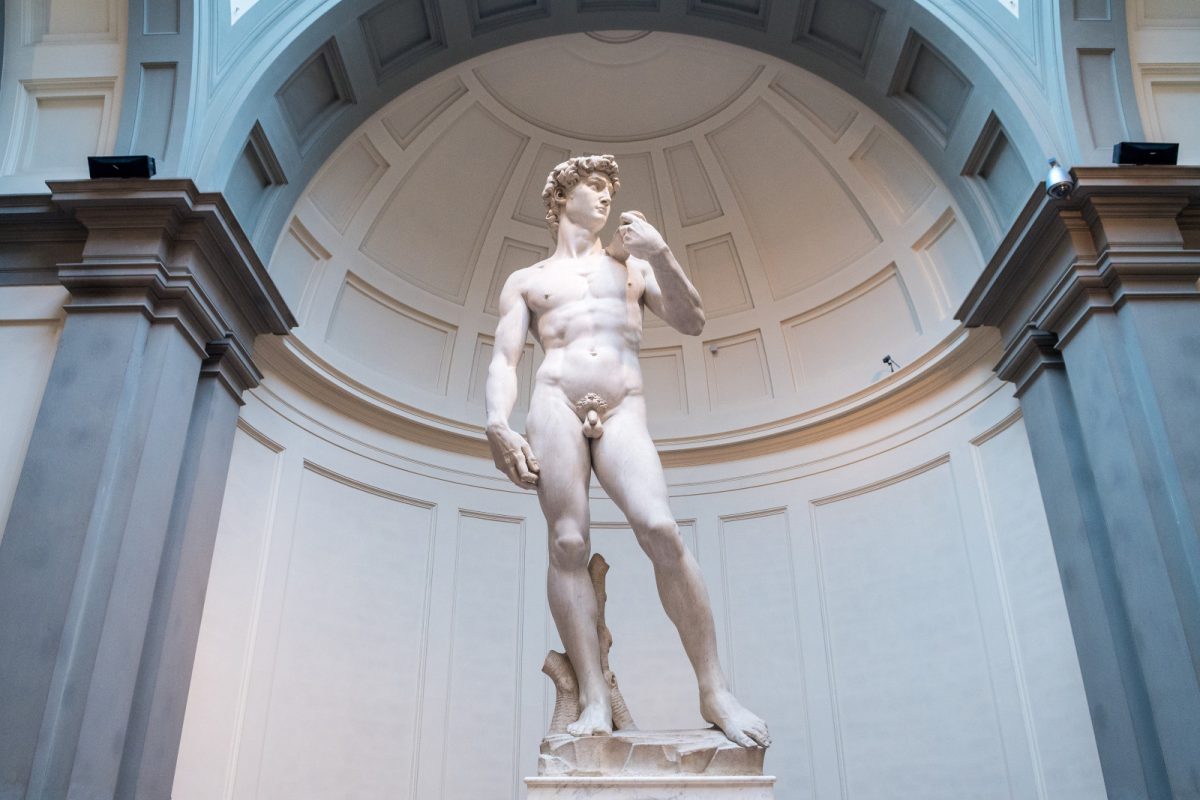
Rome and Florence offer some of the world’s most impressive museums and art collections. Both cities house priceless masterpieces, but each has unique treasures.
Vatican Treasures
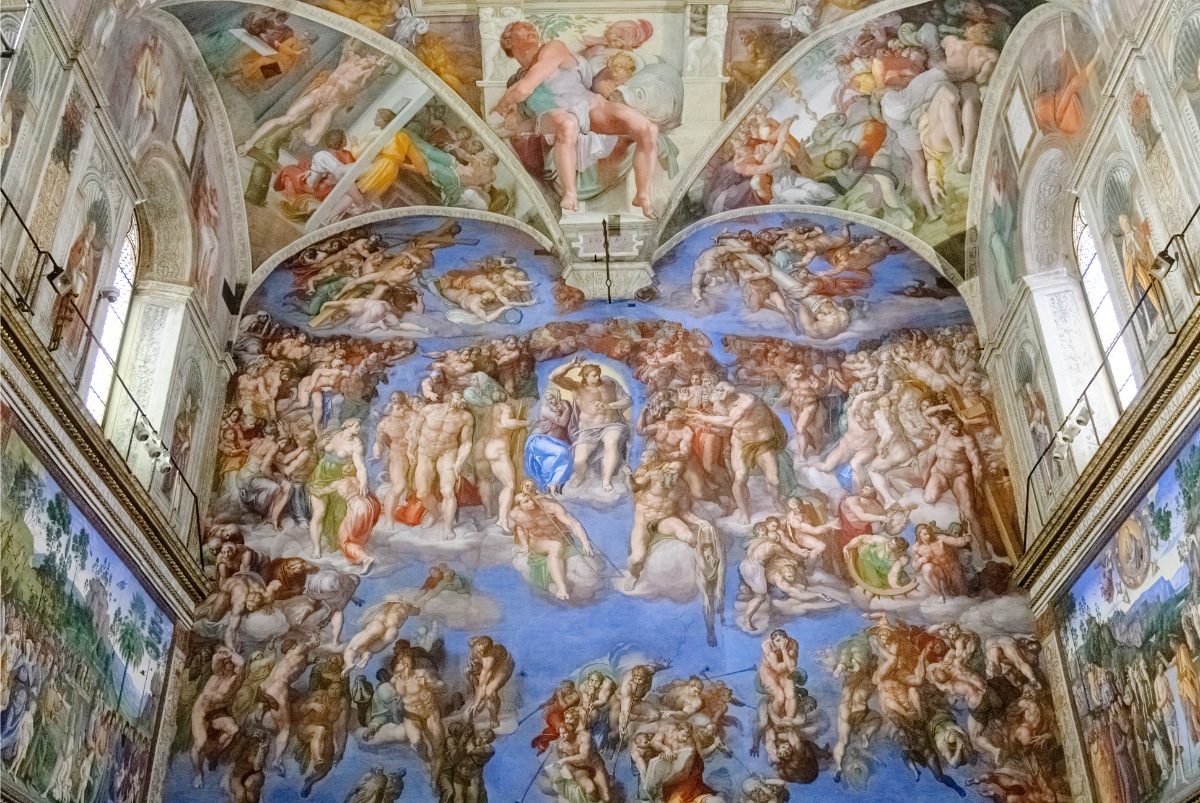
The Vatican Museums in Rome are a must-see for art lovers. With over 20,000 works on display, you could spend days exploring the vast collections.
The Sistine Chapel is the crown jewel, featuring Michelangelo’s famous frescoes. Don’t miss the Raphael Rooms, with their stunning Renaissance murals.
The Vatican Museums can get crowded, especially in summer. To avoid the long lines, book tickets online in advance.
Prices are about €17 ($20) for adults. For smaller crowds, go early in the morning or late afternoon.
Rome’s Borghese Gallery is another highlight. It houses incredible Bernini sculptures and Caravaggio paintings.
The villa itself is a work of art. Reserve tickets ahead – they limit visitors to control crowds.
Florentine Galleries
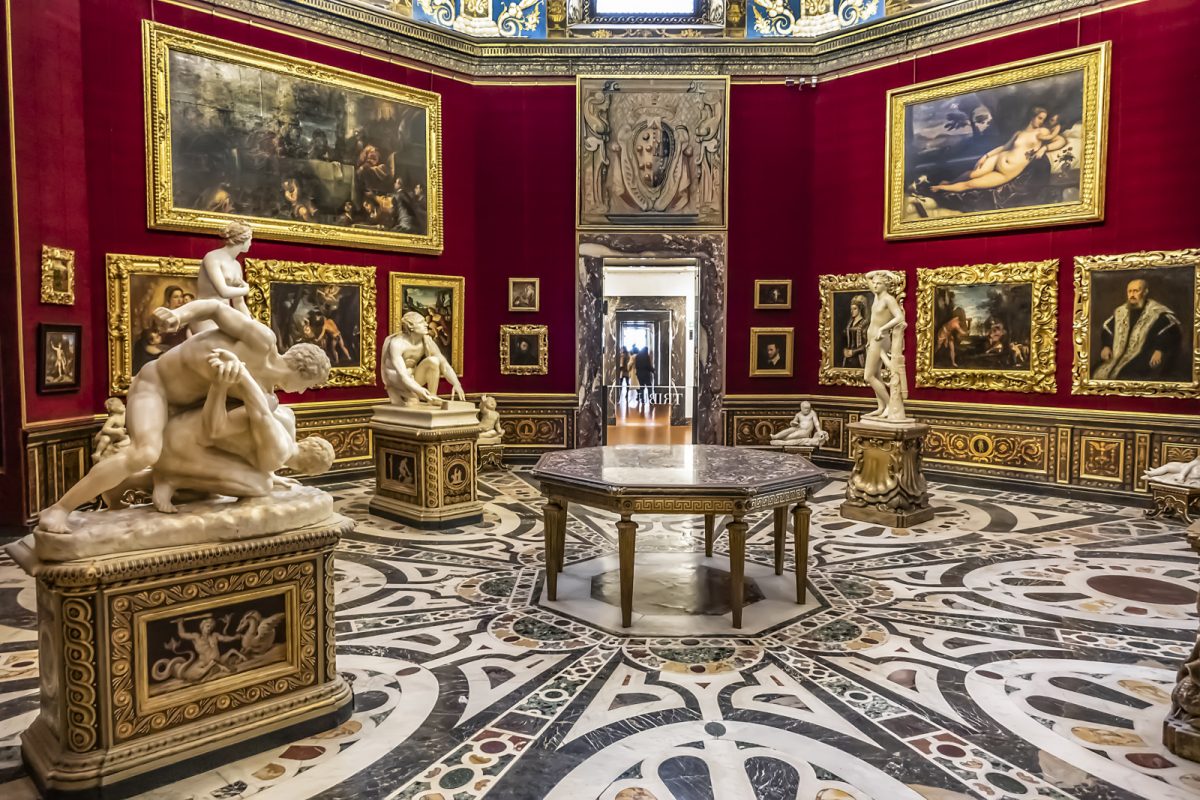
Florence’s Uffizi Gallery houses the world’s greatest collection of Italian Renaissance art. Its iconic works include Botticelli’s “Birth of Venus” and da Vinci’s “Annunciation.” The gallery can get packed, so book “skip the line” tickets online.
The Accademia Gallery is where you’ll find Michelangelo’s David. It’s smaller than the Uffizi but still gets busy. Go first thing in the morning to beat the crowds.
Florence’s museums are more concentrated than Rome’s. You can easily visit several in one day.
Many offer combo tickets to save money. The Firenze Card gives you access to most museums for €72 ($85) over 72 hours.
Recreational Activities
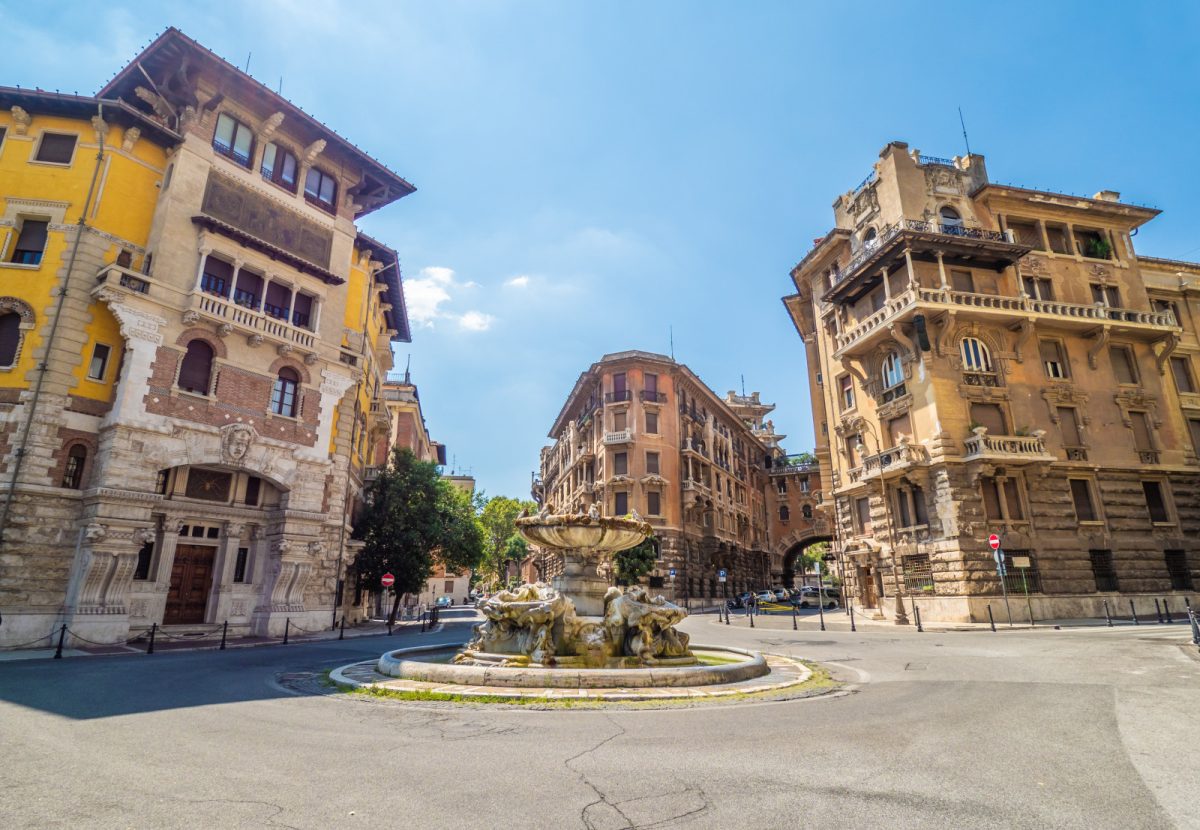
Rome and Florence offer plenty of fun things to do when you’re not sightseeing. You can shop trendy boutiques, sip wine at cozy bars, or dance the night away.
Shopping and Fashion
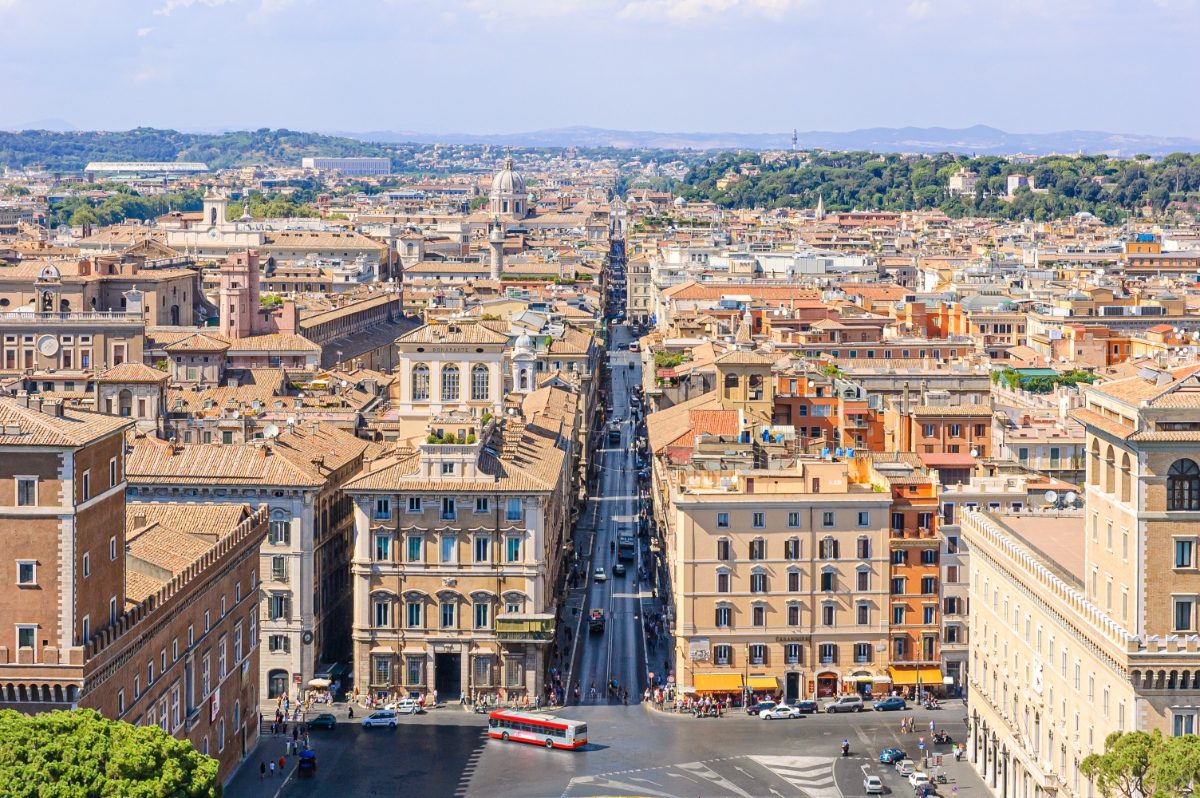
Rome’s Via del Corso is perfect for mainstream shopping. You’ll find big brands like Zara and H&M. For high-end fashion, try Via dei Condotti near the Spanish Steps.
It’s home to Gucci, Prada, and other designer stores. Prices are steep – a handbag can cost 2000€ or more.
Florence is famous for leather goods. The San Lorenzo market has good-priced wallets, jackets, and bags. Haggle a bit to get the best deal.
Via de Tornabuoni is a place for luxury shopping. Browse Ferragamo, Versace, and local designers.
Both cities have great vintage shops, too. In Rome, check out Flamingo in Monti. Florence’s Melrose Vintage is a treasure trove of cool old clothes.
Nightlife and Entertainment
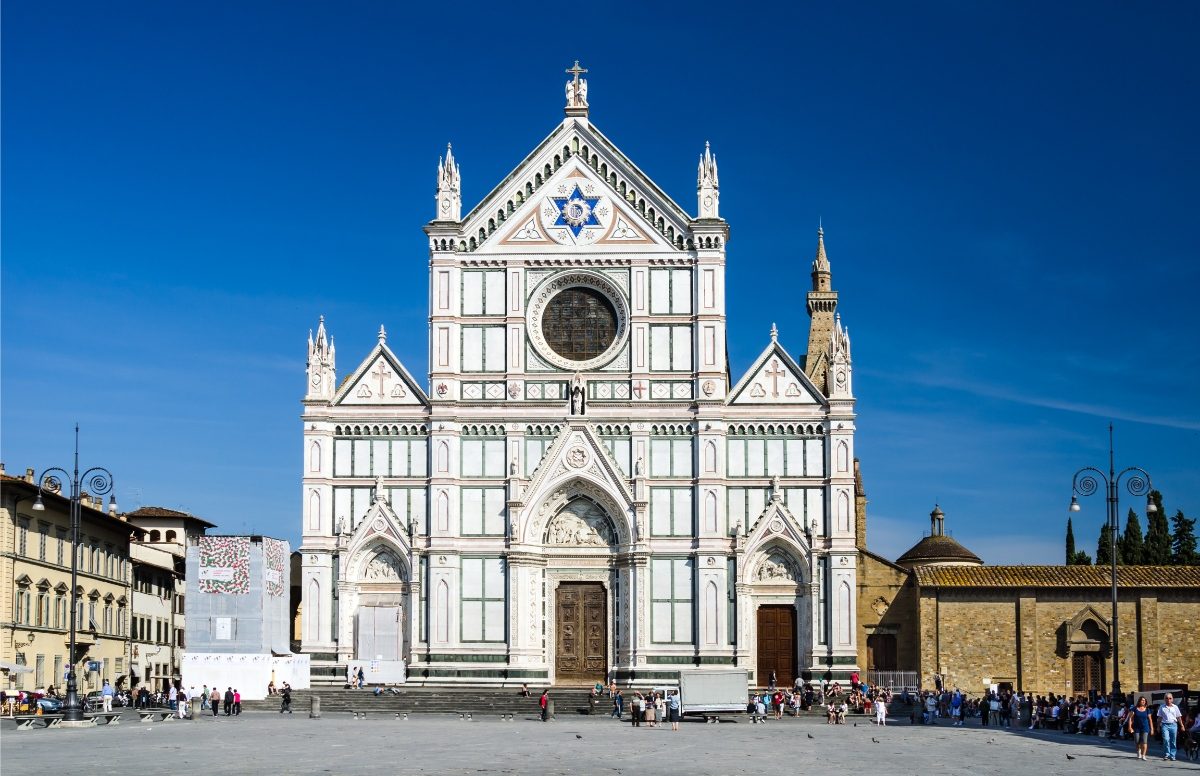
Rome’s nightlife is more spread out. Testaccio and San Lorenzo are popular areas for bars and clubs.
Cover charges are usually 10-20€. Campo de Fiori is lively earlier in the evening. Around 7 p.m., grab an aperitif (pre-dinner drink) there.
Florence’s nightlife is concentrated in the historic center. Santa Croce has lots of bars that are popular with students and tourists.
The Oltrarno area across the river is trendier. Try places like La Cite for live music.
Both cities have great wine bars. Il Goccetto near Campo de Fiori is a cozy and romantic place in Rome. Florence’s Enoteca Pitti Gola e Cantina has amazing Tuscan wines by the glass.
See Related: Sustainable Travel in Italy: Eco-Friendly Destinations and Tips
Accommodation and Stay
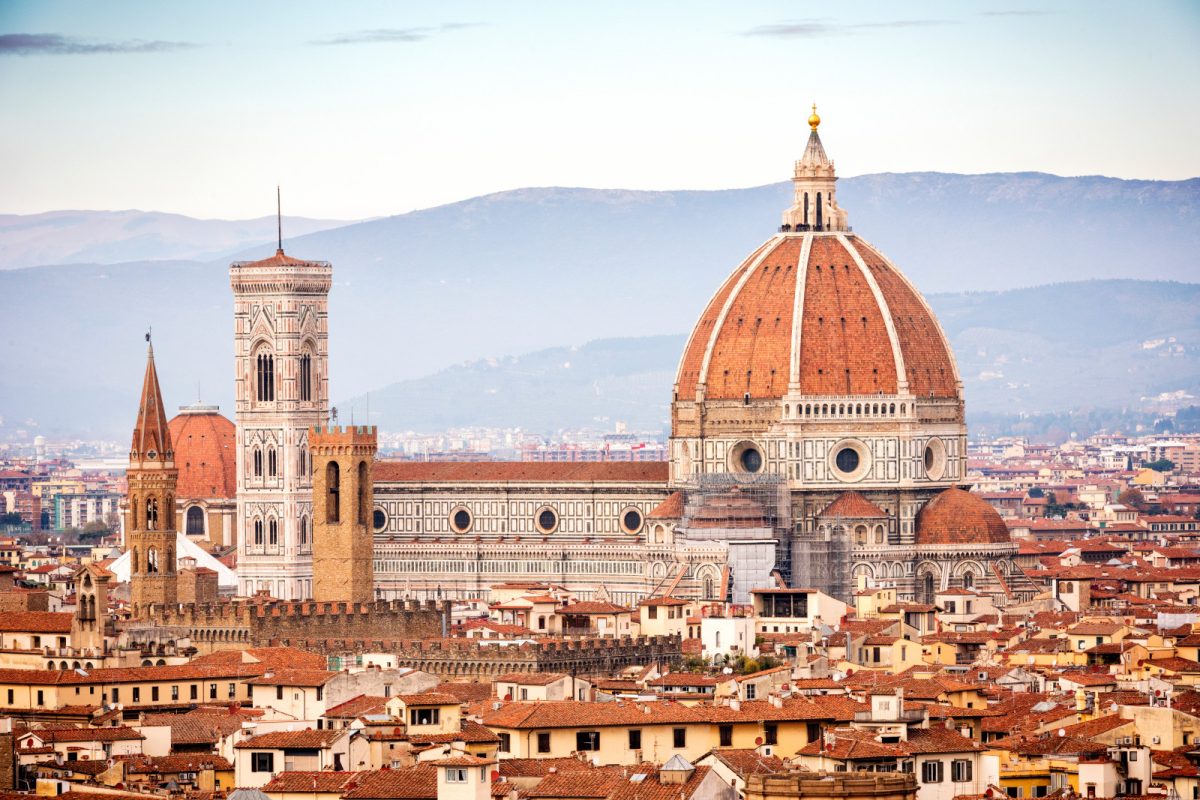
Rome and Florence offer diverse lodging options to suit travelers’ needs and budgets. Both cities provide unique experiences that can make or break your Italian adventure, from luxurious hotels to cozy guesthouses.
Choosing Your Base
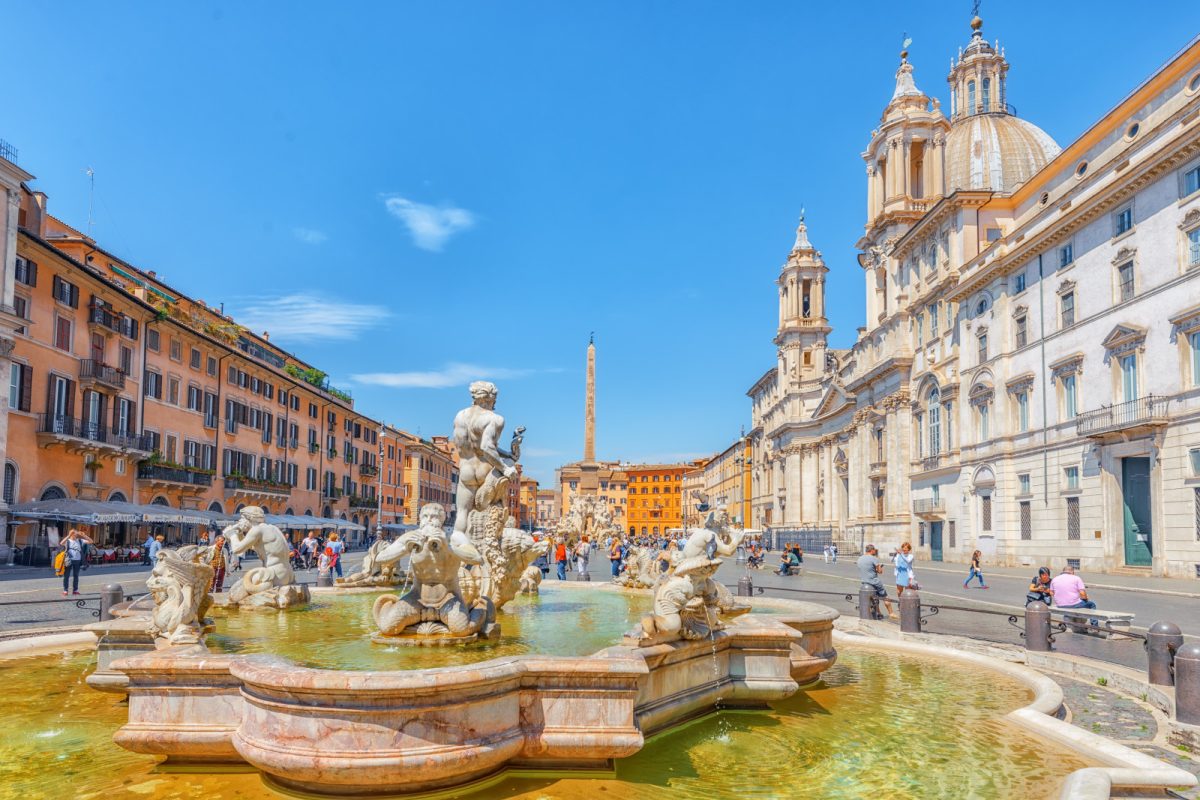
Staying near the historic center of Rome exposes you to major sights like the Colosseum and Vatican City. The Trastevere area is great for foodies and nightlife lovers. Prices vary but expect to pay around €100-150 per night for a decent mid-range hotel.
Florence’s compact size makes most areas walkable. The Santa Maria Novella neighborhood is convenient for train travelers, while the Oltrarno district offers a more local vibe. Mid-range hotels in Florence typically cost €80-120 per night.
For budget travelers, hostels in both cities offer dorm beds starting at about €20-30 per night. The Yellow Hostel in Rome is popular for its social atmosphere and central location.
Unique Lodging Experiences
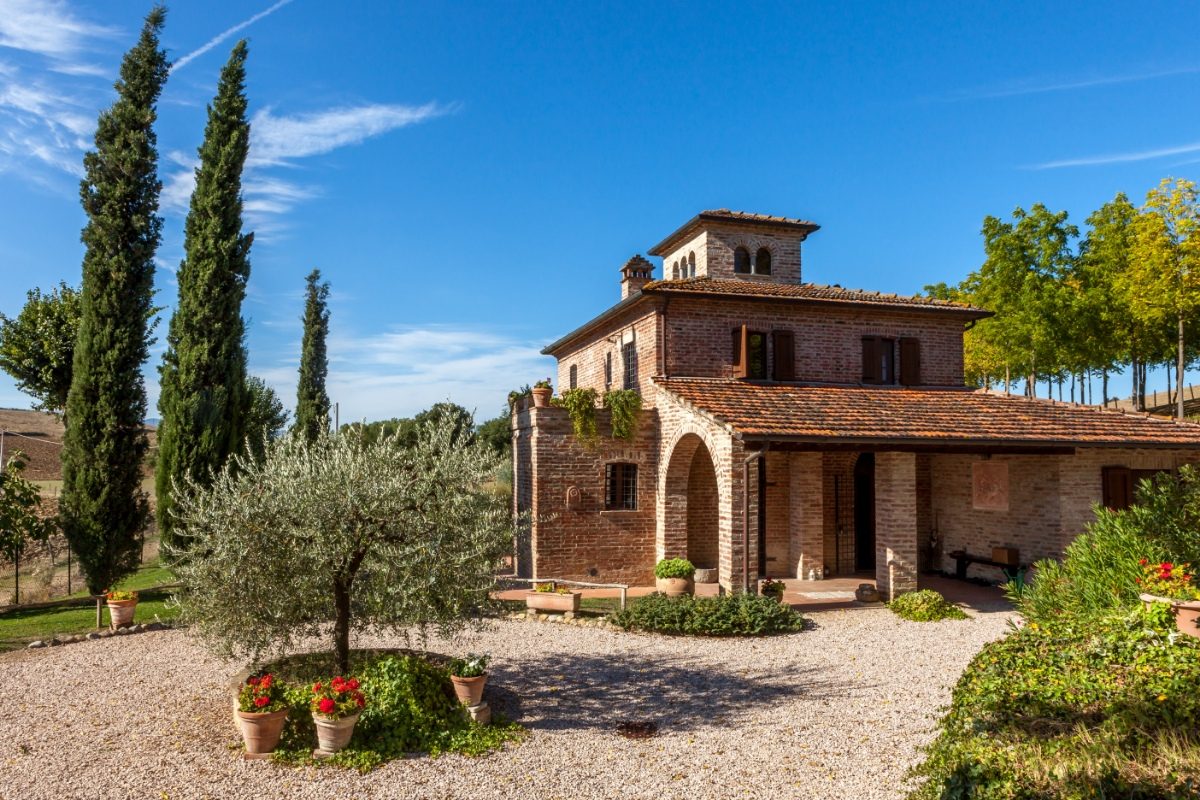
For a taste of la dolce vita, stay at a historic palazzo in Florence. These restored mansions offer a glimpse into Renaissance life with modern comforts.
In Rome, consider renting an apartment to live like a local. Many come with charming terraces perfect for sipping wine and people-watching.
Agriturismo stays on the outskirts of both cities and lets you experience rural Italian life. These farm stays often include home-cooked meals and wine tastings. Prices range from €60-150 per night, depending on amenities and location.
Transportation and Walkability
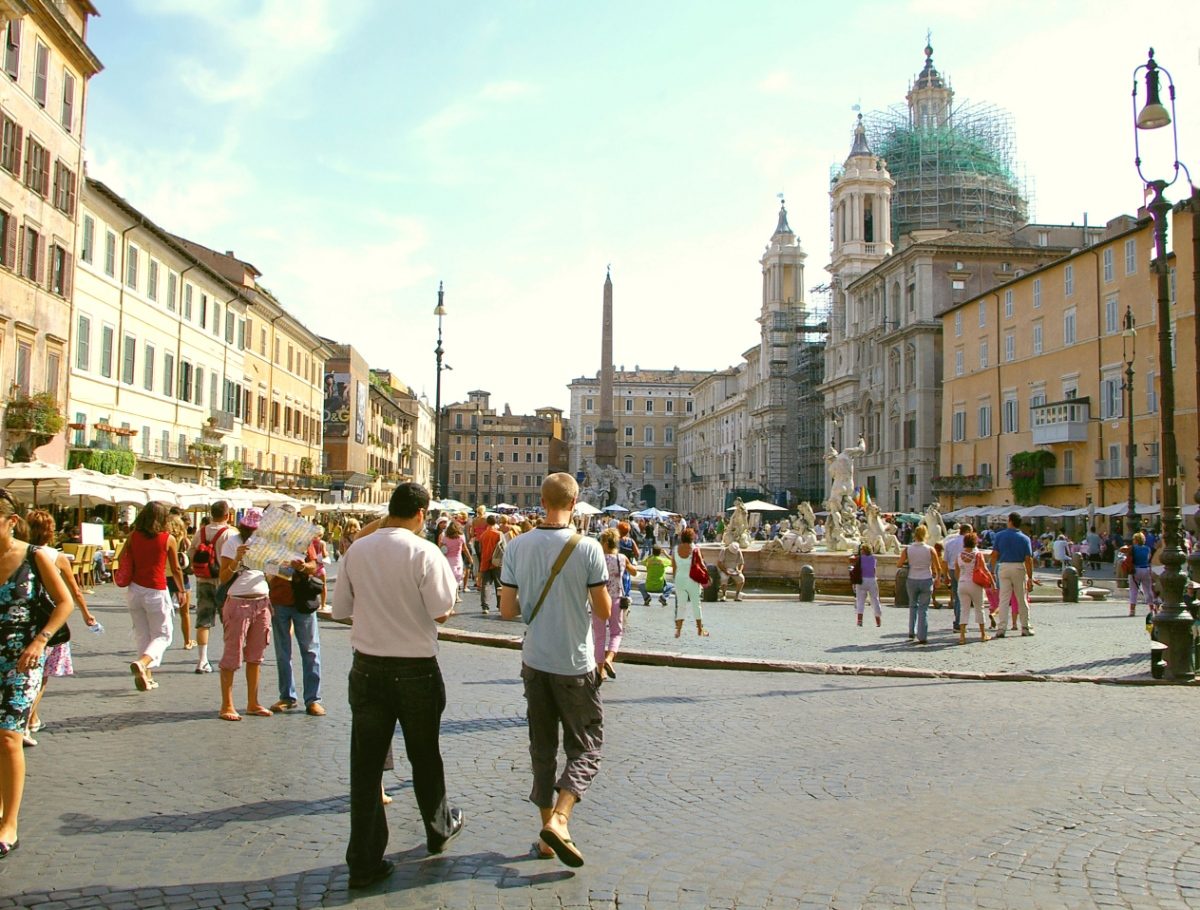
Getting around these iconic Italian cities can shape your whole experience. Let’s look at how to navigate Rome and Florence, plus some great day trip options.
Navigating the Cities
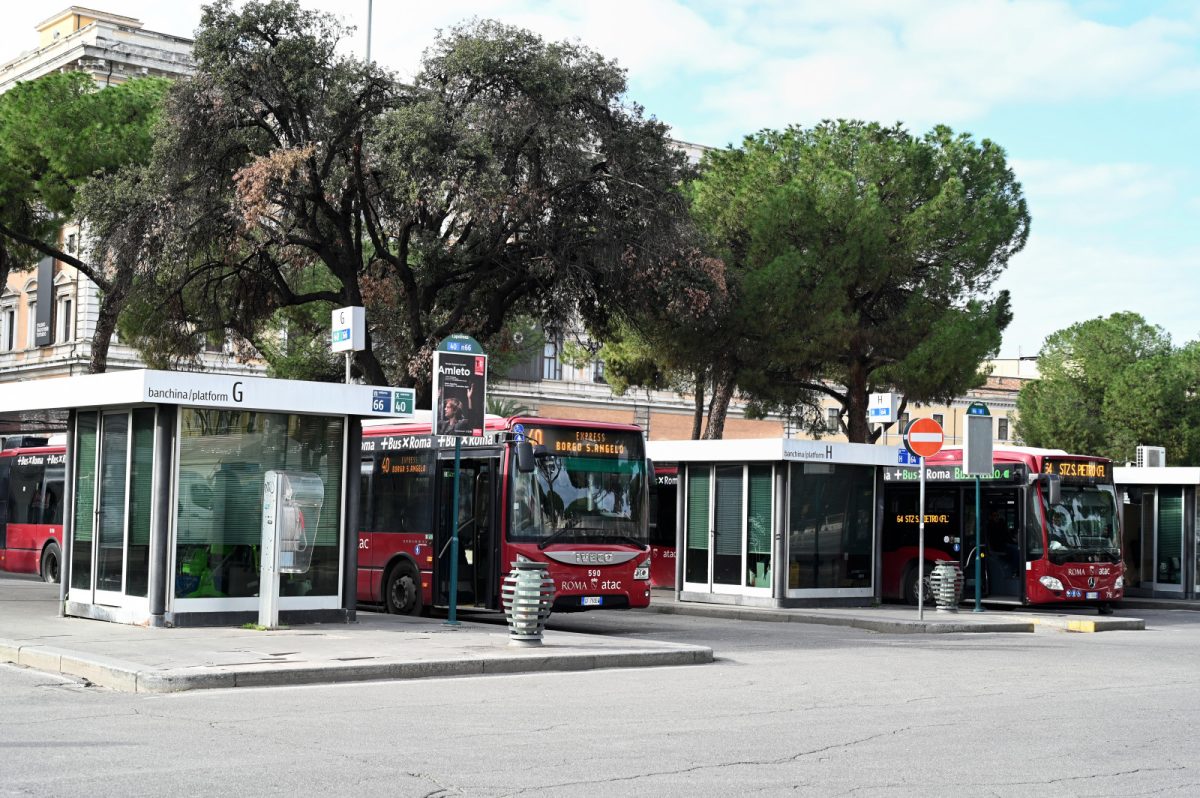
Rome has a big public transport network with buses, trams, and a metro system. This network is handy for covering longer distances but can get crowded during rush hour. Walking is still a great way to see the sights—just wear comfy shoes!
Florence is way more compact. You can easily stroll between major attractions.
The historic center is mostly pedestrian-only, making it super pleasant to explore on foot. There are buses if needed, but most visitors find walking the way to go.
Scenic Day Trips

Both cities make great bases for exploring the surrounding regions. From Florence, you can hop on a train to charming Tuscan towns like Siena or San Gimignano. These quick trips let you soak in those postcard-perfect countryside views.
Rome has some amazing options, too. Take a train to Pompeii to walk among ancient ruins, or head to the stunning Amalfi Coast for dramatic seaside scenery. Remember that day trips from Rome often take longer than those from Florence.
Planning Your Visit

Mapping out your Italian adventure takes some careful thought. Timing, itinerary planning, and smart travel tricks can make or break your Rome or Florence experience.
Best Time to Visit

Spring and fall offer the sweetest spots for visiting Rome and Florence. April to May and September to October bring mild temps and fewer crowds.
Summers get hot and packed with tourists. Winter sees chilly, rainy days but bargain prices.
Florence sizzles in July and August. Rome swelters, too, but it’s closer to the coast for beach breaks.
Christmas and Easter draw pilgrims to Rome’s Vatican City. Florence’s high season peaks in summer.
Shoulder season rocks for both cities. You’ll snag better deals on tours and activities without battling hordes of tourists.
Developing an Itinerary
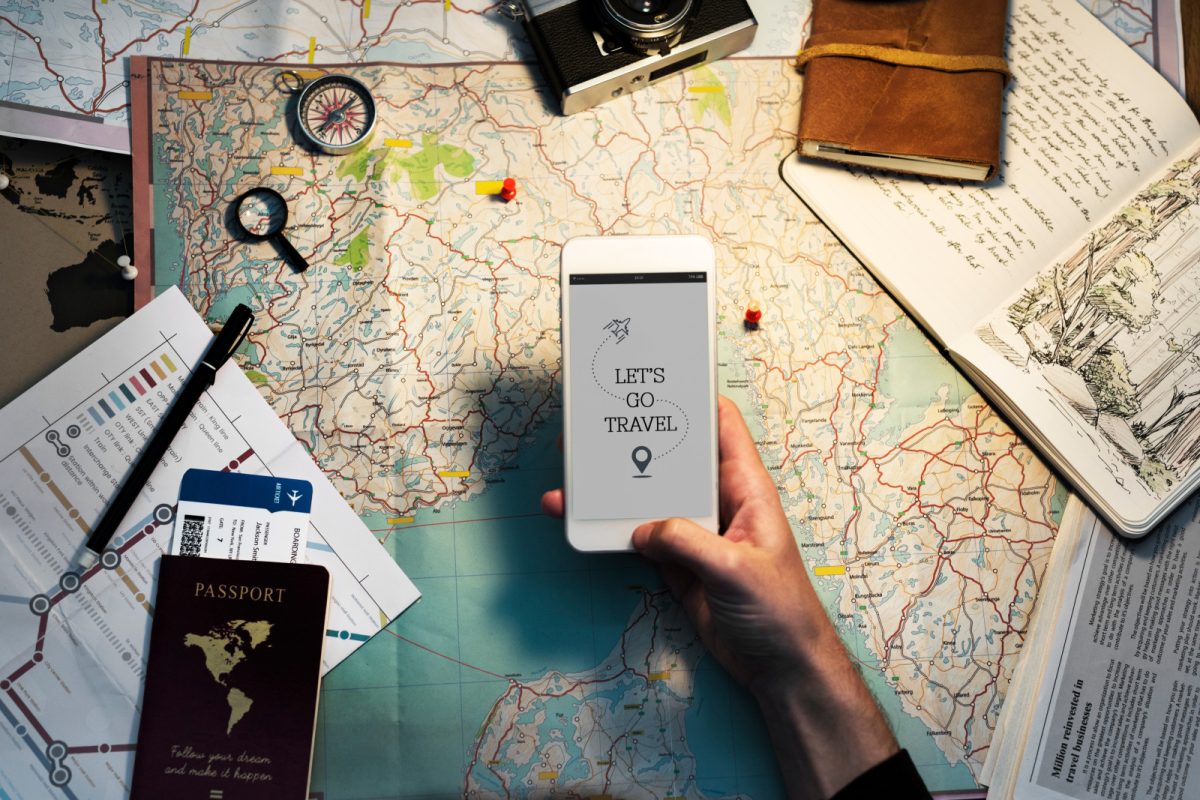
Rome needs at least 3-4 days to scratch the surface. The Colosseum, Roman Forum, and Vatican Museums are musts.
Toss coins in the Trevi Fountain and climb the Spanish Steps. Wander charming neighborhoods like Trastevere.
Florence packs a punch in 2-3 days. The Duomo, Uffizi Gallery, and Accademia (home of Michelangelo’s David) are on the topmost lists. Stroll the Ponte Vecchio and soak up views from Piazzale Michelangelo.
Mix big sights with laid-back moments. Leave wiggle room for unexpected discoveries and leisurely meals. Both cities reward slow exploration.
Travel Tips and Hacks
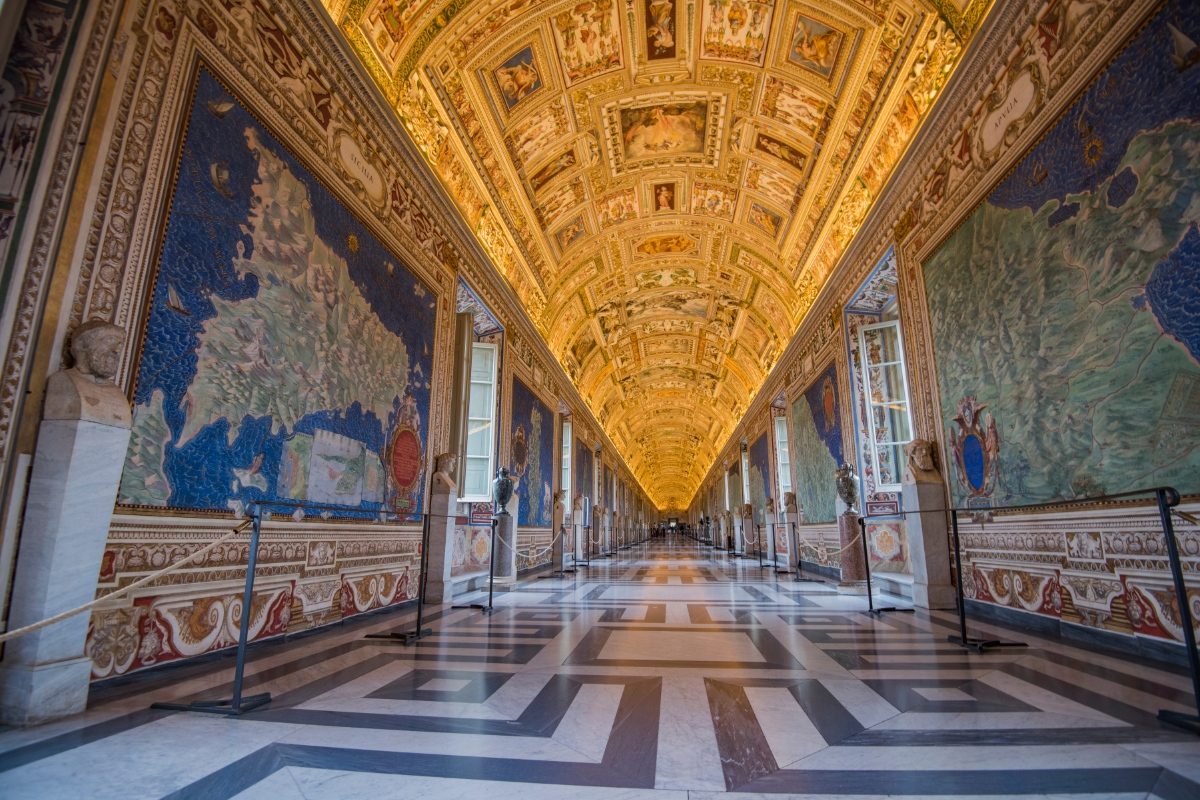
Book major attractions ahead of time to avoid long lines. The Vatican Museums and Uffizi Gallery often sell out. Combo tickets can save cash on multiple sights.
Rome’s public transport is cheap but crowded. Florence is walkable, but buses help reach hilltop spots. Both cities have bike-sharing programs for zipping around.
Pickpockets love tourist hotspots. Keep valuables close and be alert in busy areas. Water fountains dot both cities – bring a reusable bottle to stay hydrated for free.
Dining near major attractions usually means inflated prices and mediocre food. Wander a few blocks away for tastier, cheaper eats. Embrace aperitivo culture for budget-friendly evening nibbles with drinks.
See Related: Where to Stay in Italy for a Week: Unforgettable Destinations for Every Traveler
Frequently Asked Questions
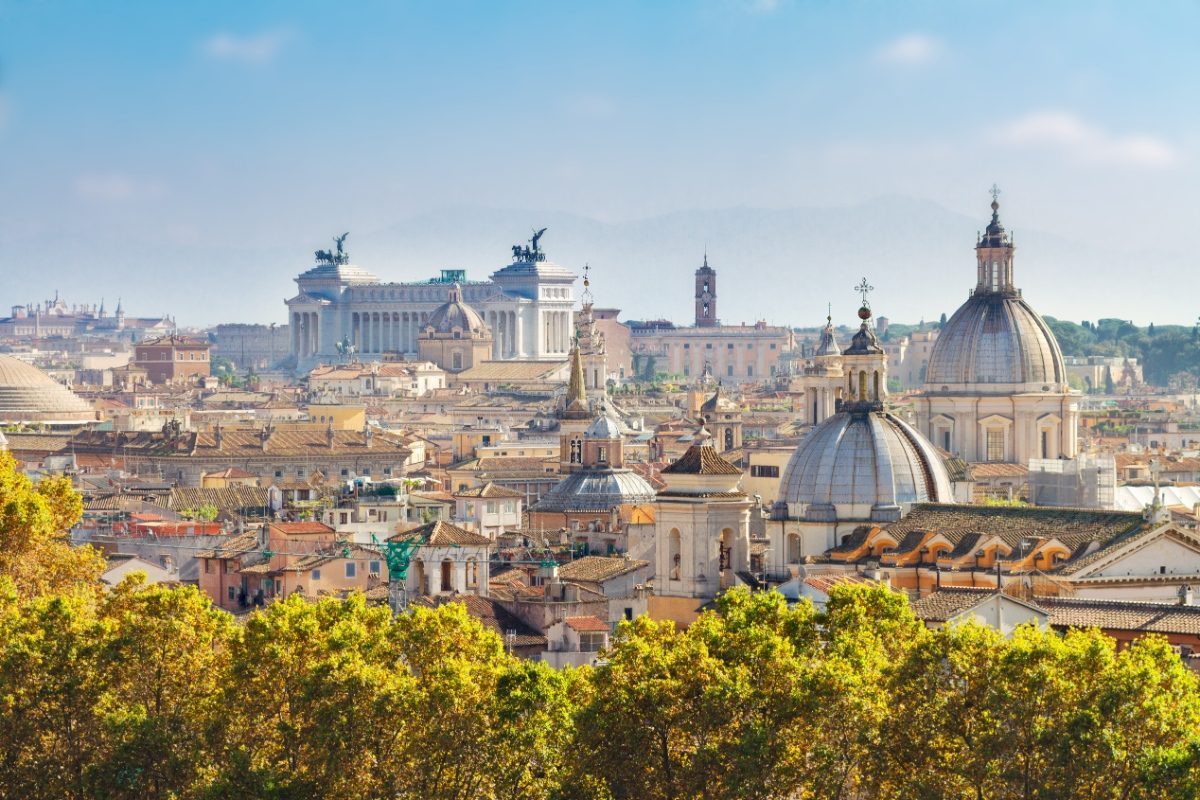
Rome and Florence offer distinct experiences for travelers to Italy. Each city has its unique charm, history, and atmosphere that appeal to different types of visitors.
Which city has a richer historical experience, Rome or Florence?
Rome wins for sheer historical depth. The Eternal City boasts ancient ruins like the Colosseum and Roman Forum that date back over 2,000 years. You can walk in Julius Caesar’s footsteps and see layers of history from ancient to medieval to Renaissance times.
Florence shines for its Renaissance history. The birthplace of the Renaissance is packed with artistic and architectural treasures from the 14th to 16th centuries. The Duomo and Uffizi Gallery showcase Florence’s golden age.
Considering costs, should I spend more time in Rome or Florence?
Florence tends to be slightly cheaper overall. Hotel rates average about 10-15% less than Rome. Meals at local trattorias cost around €15-20 in Florence versus €20-25 in Rome.
Rome has more free sights like the Pantheon and Trevi Fountain. However, museum entry fees are often higher. The Vatican Museums charge €17 compared to €12 for Florence’s Uffizi.
From local perspectives, which city offers a more authentic Italian experience, Rome or Florence?
Florence feels more authentically Tuscan. Its compact historic center has a small-town vibe. Locals still shop at traditional markets and gather in piazzas; Italian is more likely to be spoken on the streets.
Rome mixes modern and ancient. It’s bustling and cosmopolitan, with a more international feel. But you can still find authentic Roman neighborhoods like Trastevere with family-run trattorias and local hangouts.
Can one fully experience Florence on a day trip from Rome, or does it warrant an extended stay?
A day trip from Rome gives a taste of Florence but feels rushed. The train ride takes 1.5 hours each way, leaving only about eight hours in the city. You’d have time for 1-2 major sights like the Duomo and Uffizi.
Plan to stay 2-3 nights to soak in Florence’s atmosphere. This lets you explore beyond the main tourist spots. Wander across the Arno River to the Oltrarno neighborhood for artisan workshops and local vibes.
Which city provides a better nightlife atmosphere than Rome or Florence?
Rome has a more varied nightlife scene. The Trastevere and Monti neighborhoods buzz with wine bars and pubs.
For clubbing, head to the Testaccio area. Aperitivo (happy hour) is huge, with some bars offering buffets for the price of a drink.
Florence’s nightlife is more low-key but charming. Students gather in Santo Spirito Square, and the Santa Croce area has trendy bars. For a uniquely Florentine night out, join locals for an evening passeggiata (stroll) and gelato.
How do the academic and cultural offerings compare when choosing to study abroad in Rome vs Florence?
Rome has more diverse academic options. Large universities like La Sapienza offer programs in everything from engineering to medicine. American universities have Rome campuses with English courses.
Florence specializes in art, fashion, and culinary programs. It’s ideal for students studying Renaissance art history or Italian language immersion. Smaller class sizes provide a more intimate learning environment.
Both cities host cultural events year-round. Rome’s summer brings outdoor concerts at ancient sites.
Florence’s calendar includes events like the Maggio Musicale festival. Students in either city can dive deep into Italian culture.

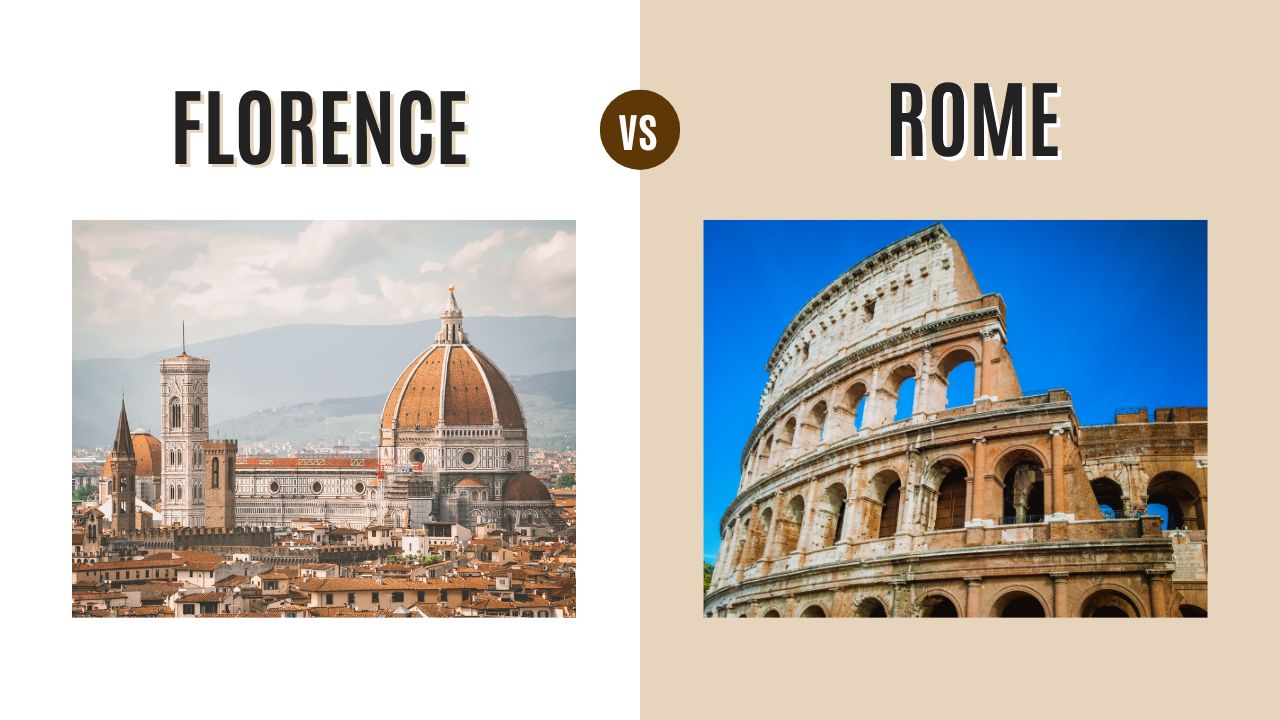
0 Comment